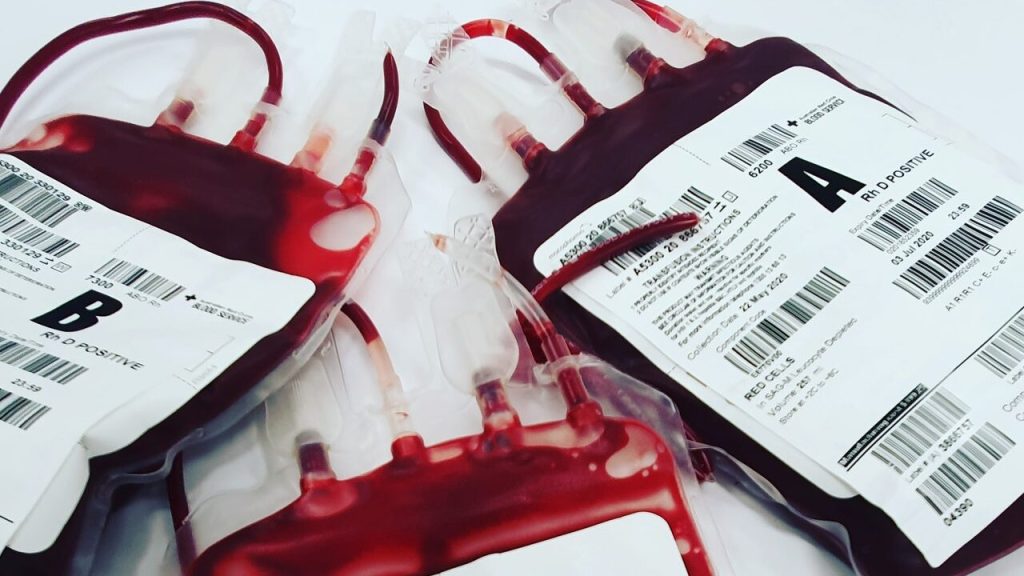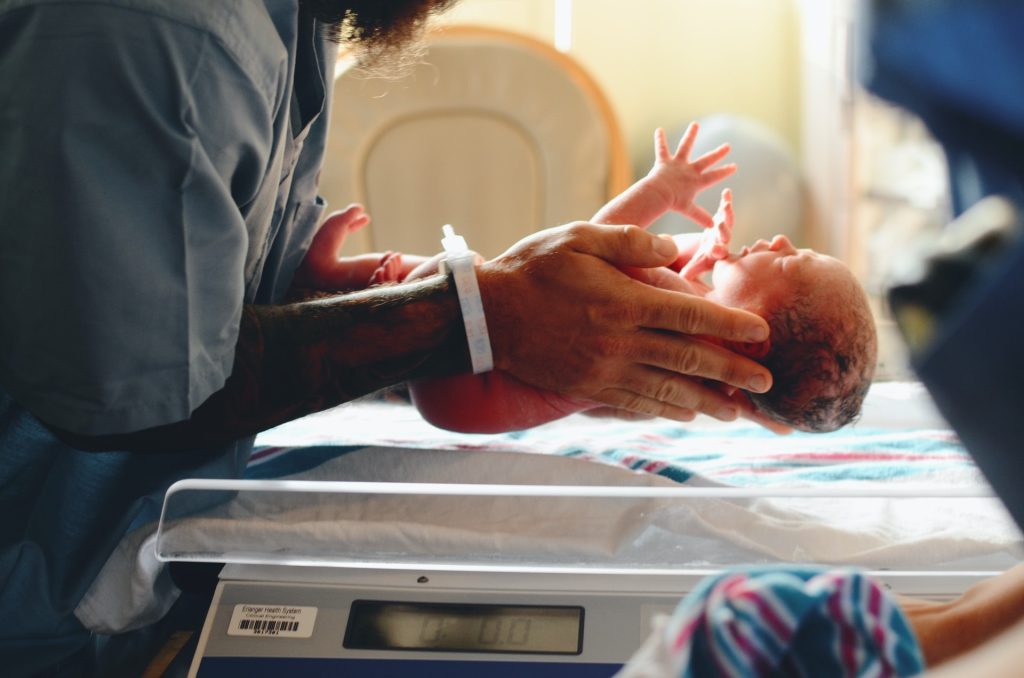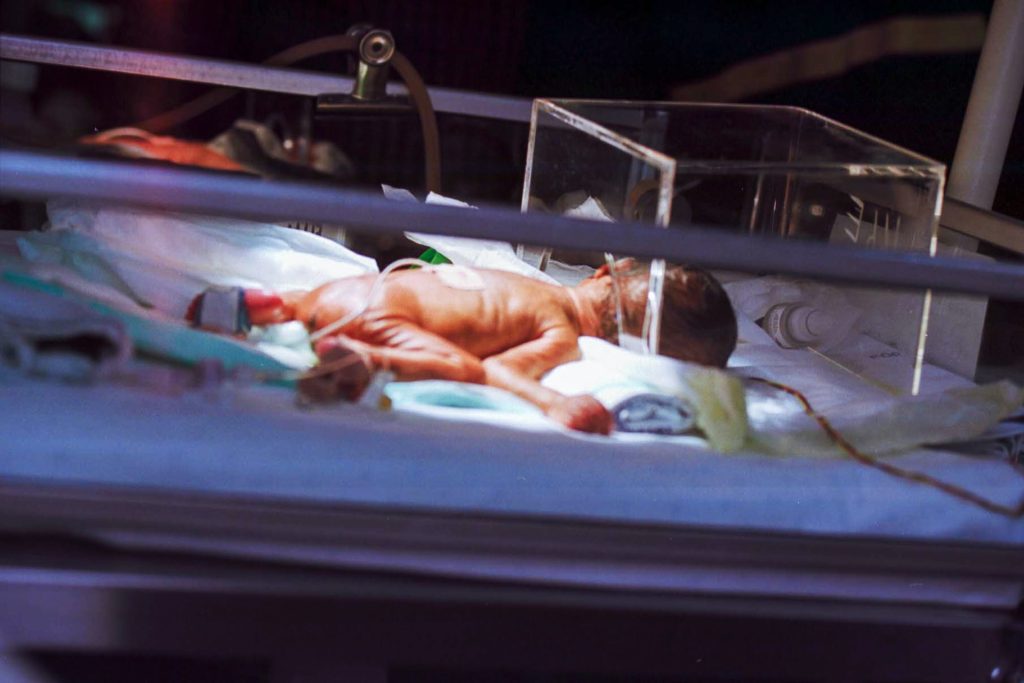Brain Haemorrhage Risk Factor could be Transmissible via Blood Transfusion

A major study led by researchers at Karolinska Institutet suggests that a possible cause of spontaneous brain haemorrhage could be transmitted via blood transfusion. At the same time, it is very unlikely that anyone should suffer a brain haemorrhage after receiving donated blood, according to the study findings which are published in JAMA.
A common cause of spontaneous, recurring brain haemorrhages is the vascular disease cerebral amyloid angiopathy (CAA), in which proteins accumulate along the small blood vessels of the brain. Several studies have shown that CAA can be transferred from one individual to another through neurosurgery and probably via treatment using a certain type of growth hormone.
Few affected individuals
This new study led by researchers from Karolinska Institutet shows that patients who have received blood from donors who later suffered recurring brain haemorrhages are more than twice as likely to suffer a brain haemorrhage themselves.
The findings suggest that some factor that can give rise to spontaneous brain haemorrhages can be spread through blood transfusion. However, as only 0.1% of the donors in the study subsequently suffered recurring brain haemorrhages there were consequently only a few affected patients.
“Blood transfusions are relatively common, which makes possible negative effects an important public health issue,” says the study’s last author Gustaf Edgren, researcher at the Department of Medicine, Karolinska Institutet (Solna) and specialist physician at Södersjukhuset. “However, in this case, it’s very unlikely that you’d suffer a brain haemorrhage from something transmitted through a transfusion.”
CAA could be transmissible
According to the researchers, the most important implication of the study is instead that it adds further support to the hypothesis that CAA can be transmitted between individuals, which, if true, can have consequences in several fields.
The study drew on the data of more than a million patients the Swedish-Danish transfusion database SCANDAT, which contains data on blood donors and patients receiving a transfusion from the 1970s onwards. The primary analyses were conducted in Sweden and then repeated with the Danish data, with almost identical results.
Confirmation needed
The researchers now hope to corroborate the hypothesis that the link between brain haemorrhage and blood transfusion concerns CAA. They will therefore be examining samples from the Danish Blood Donor Study biobank to see if they can identify aberrant proteins associated with the disease.
The plan is also to obtain CAT and MR scans from the affected donors and patients to see if they might also be able to support the hypothesis.
“This study does not demonstrate causality, so the observed increase in risk could depend on other factors,” says the study’s first author Jingcheng Zhao from Dr Edgren’s group at Karolinska Institutet. “More research is needed to confirm our findings and understand the potential underlying mechanism.”
Source: Karolinska Institutet





